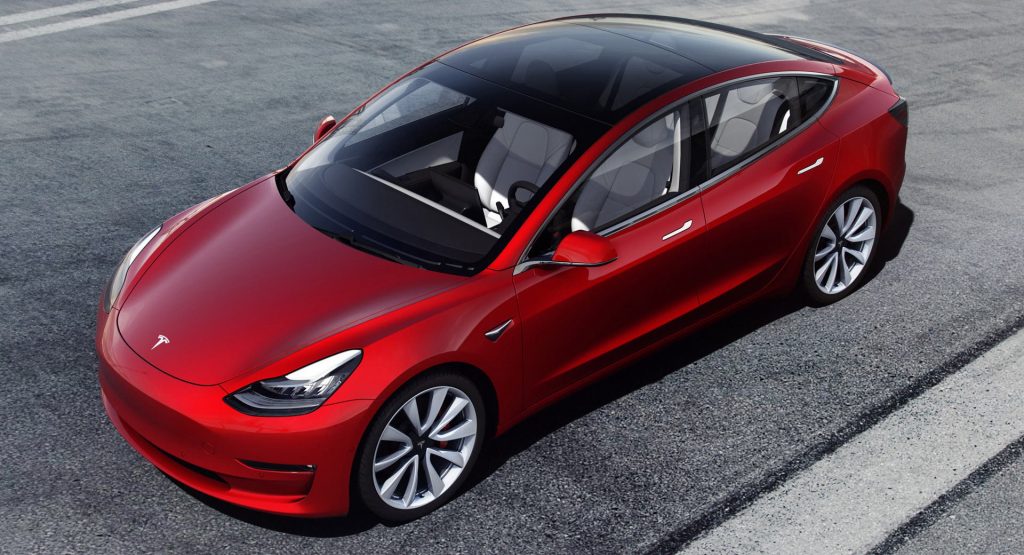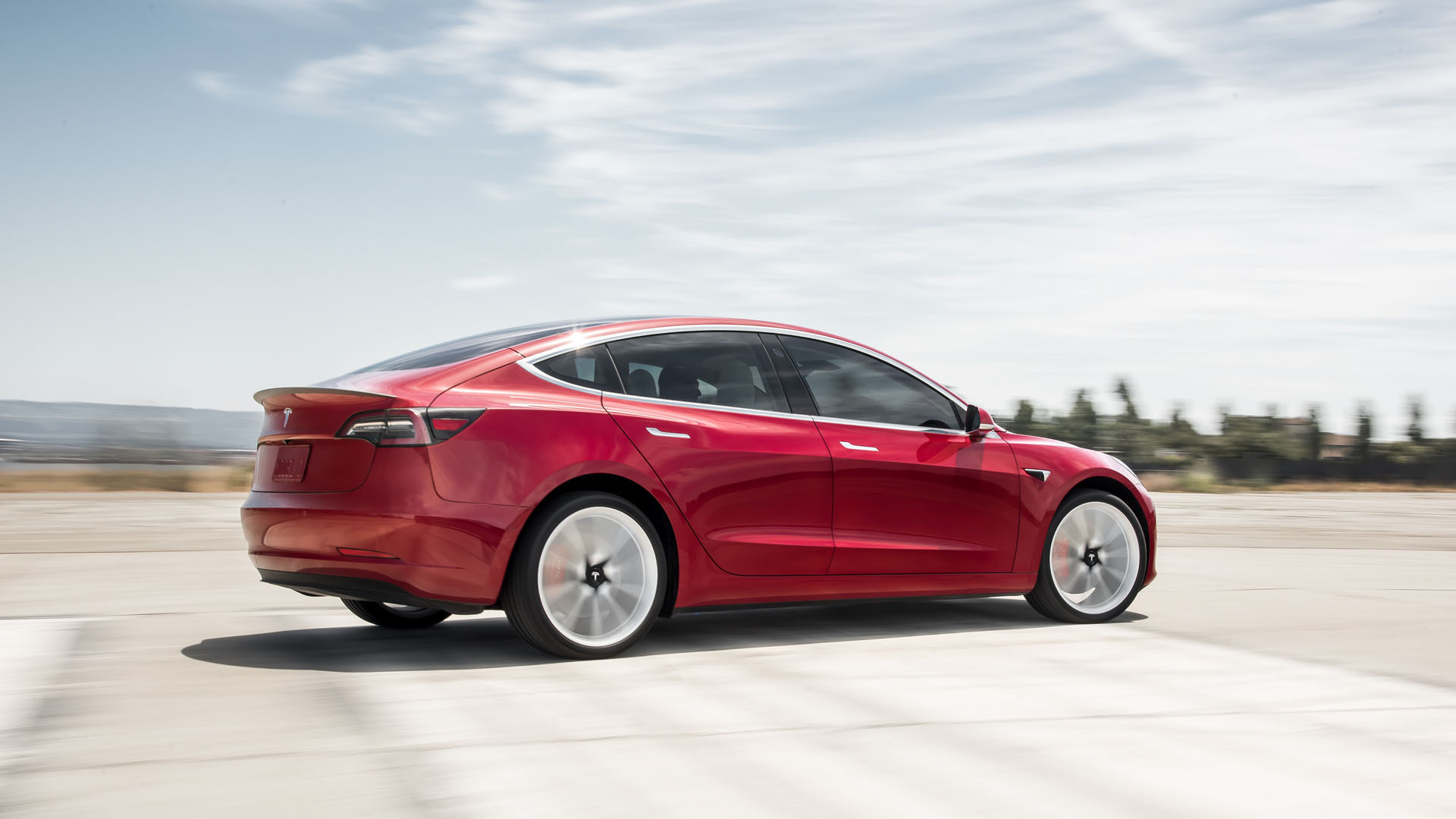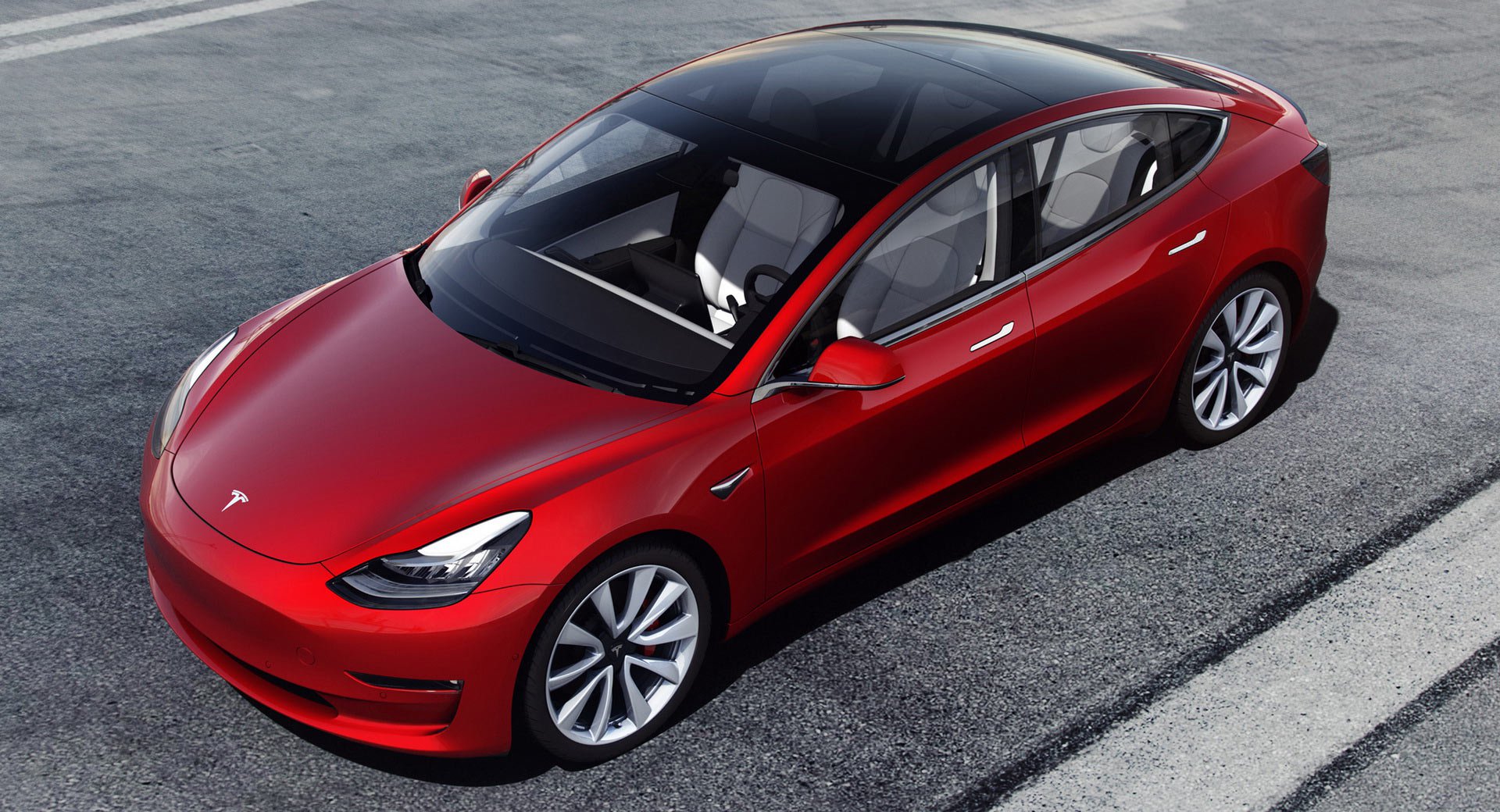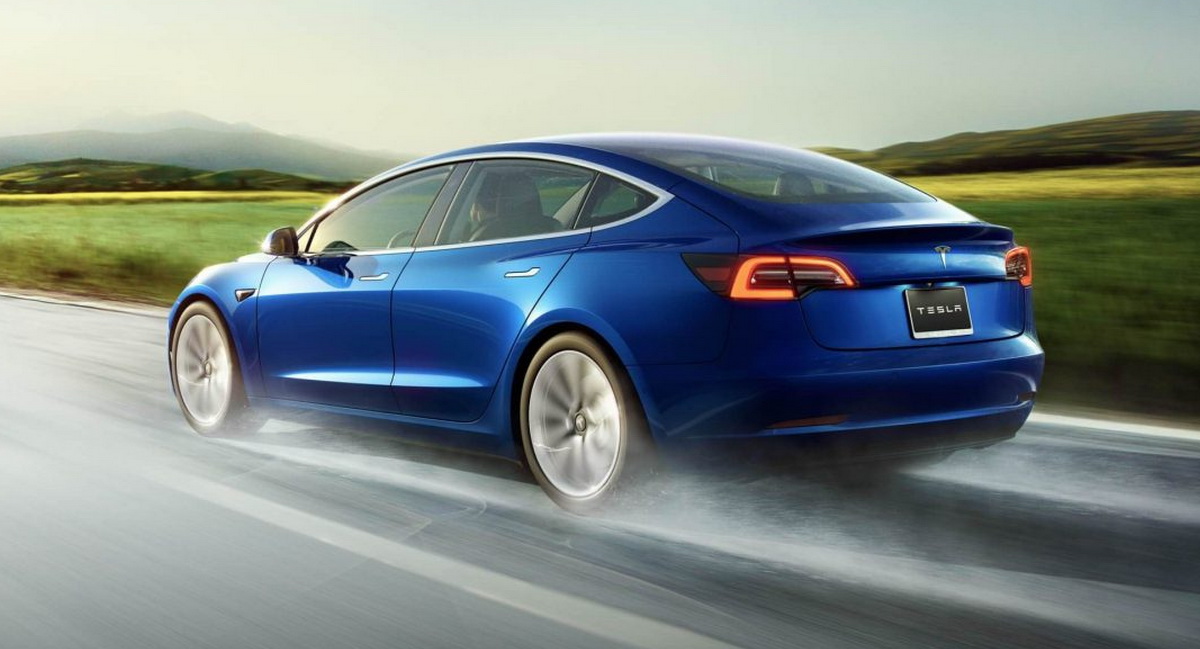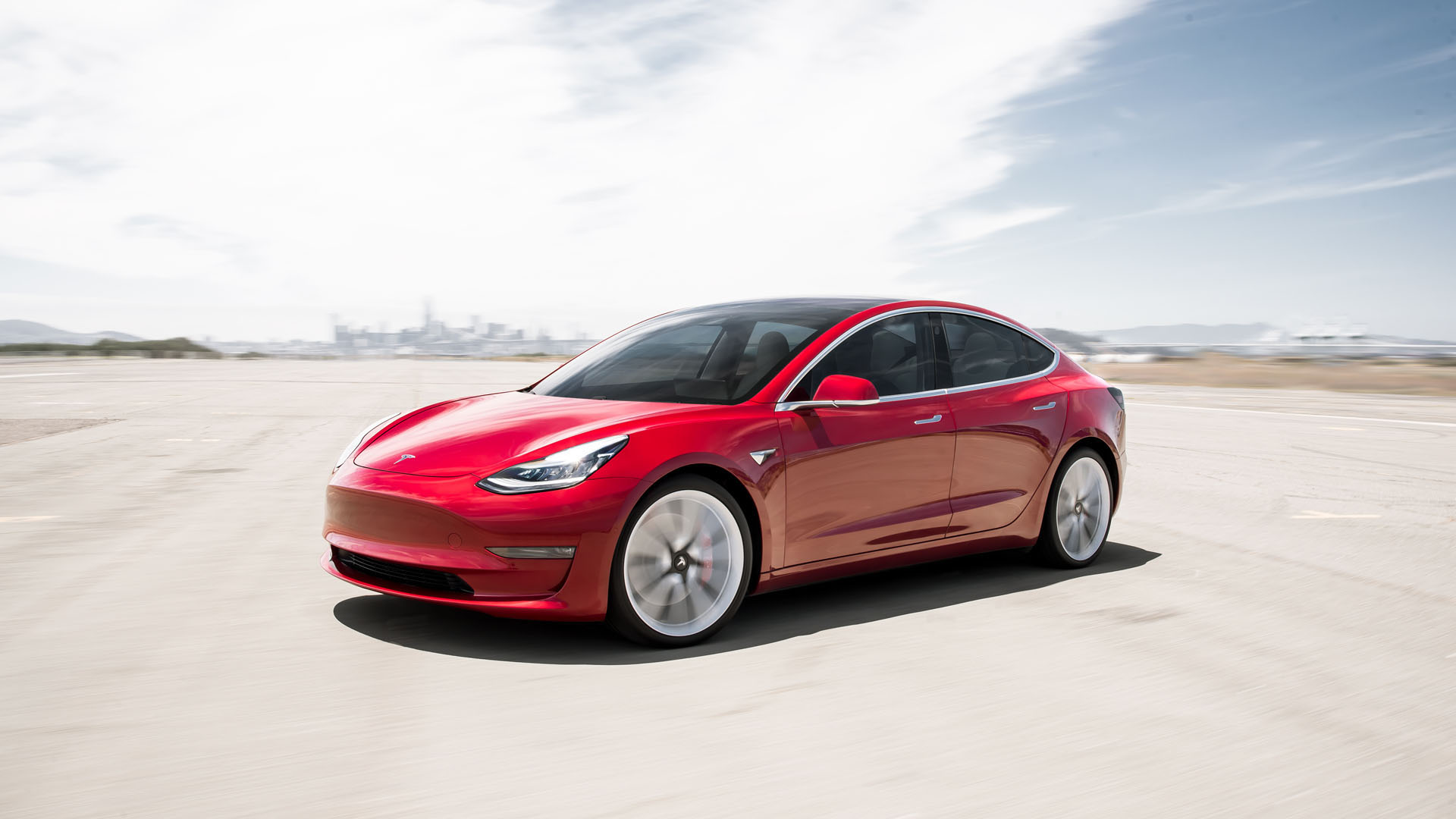The U.S. National Highway Traffic Safety Administration (NHTSA) sent a cease-and-desist letter to Tesla on October 17, 2018, accusing them of failing to conform to their guidelines when the car maker claimed that the Model 3 had the lowest probability of injury of any vehicle ever tested by NHTSA.
The US regulators also sent two subpoenas to Tesla, concerning crashes involving its cars. Reuters got hold of the documents. Tesla stood by its claims, saying that they used NHTSA’s own data to back them up.
According to NHTSA, the cease-and-desist letter was referring Tesla’s safety claims on the Model 3 to the Federal Trade Commission (FTC) to investigate whether these statements constitute unfair or deceptive acts or practices.
Also Read: Tesla Hit With Wrongful Death Lawsuit Over Fatal Model 3 Autopilot Crash
The FTC declined to comment, with a spokesman saying that “investigations are non-public, and we don’t comment on … the existence of an investigation.”
A Tesla spokesman pointed at the company’s letter to NHTSA on October 31, 2018, where the company’s deputy general counsel Al Prescott said: “Tesla’s statement is neither untrue nor misleading. … We had hoped NHTSA would welcome such an achievement because it was presented in an objective manner using the agency’s own data.”
In its letter to Tesla on October 17, NHTSA said that the company’s safety claims were “inappropriate” and “inconsistent” with the agency’s guidelines.
“The guidelines warn against comparison statements like these because such statements mislead consumers about the relative safety of different vehicle models,” NHTSA chief counsel Jonathan Morrison wrote.
“To say Tesla’s midsize sedan has a lower probability of injury than say a larger SUV could be interpreted as misunderstanding safety data, an intention to mislead the public, or both,” he added.
The Tesla Model 3 received the top rating in NHTSA’s 5-Star Safety Ratings Program, which is comprised by three crash tests and a rollover resistance assessment. However Tesla has been critisized by safety groups over the use of the term “full self-driving”, which is untrue since the company’s automated driving system hasn’t reached yet the Level 4 of autonomy.




